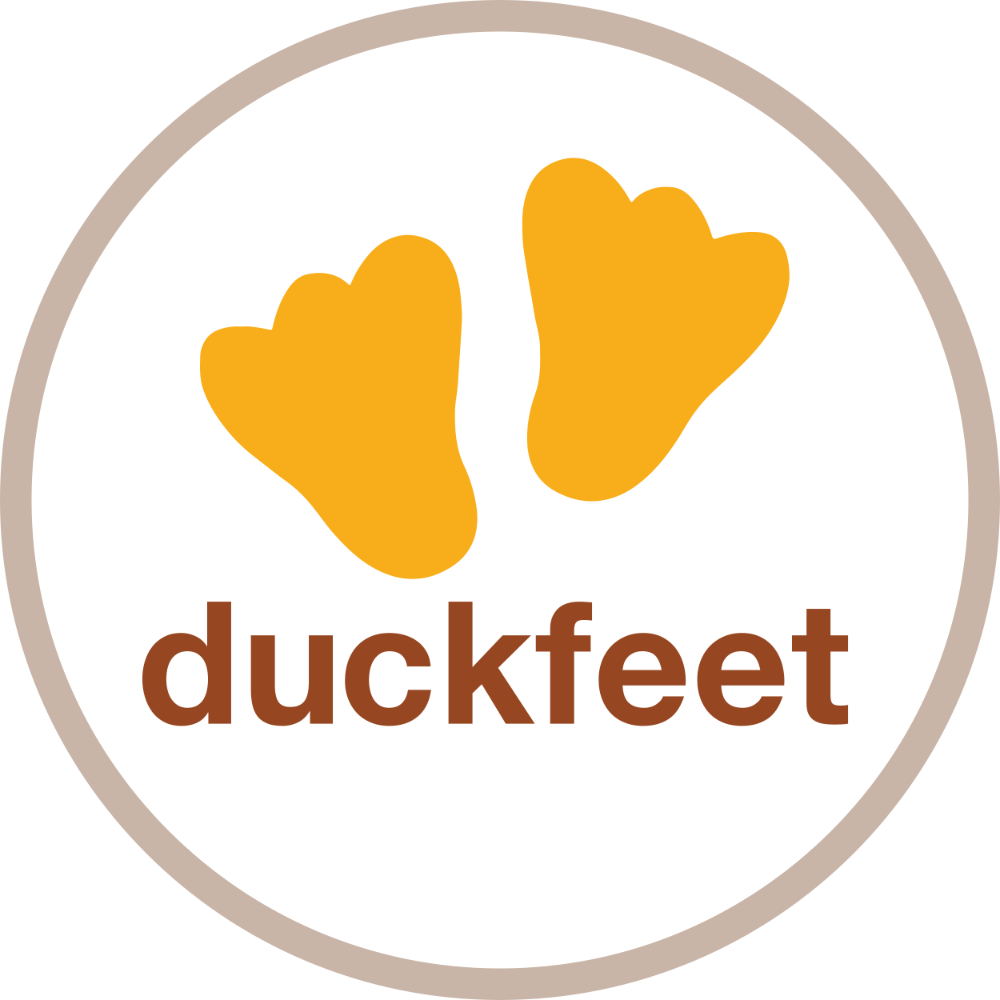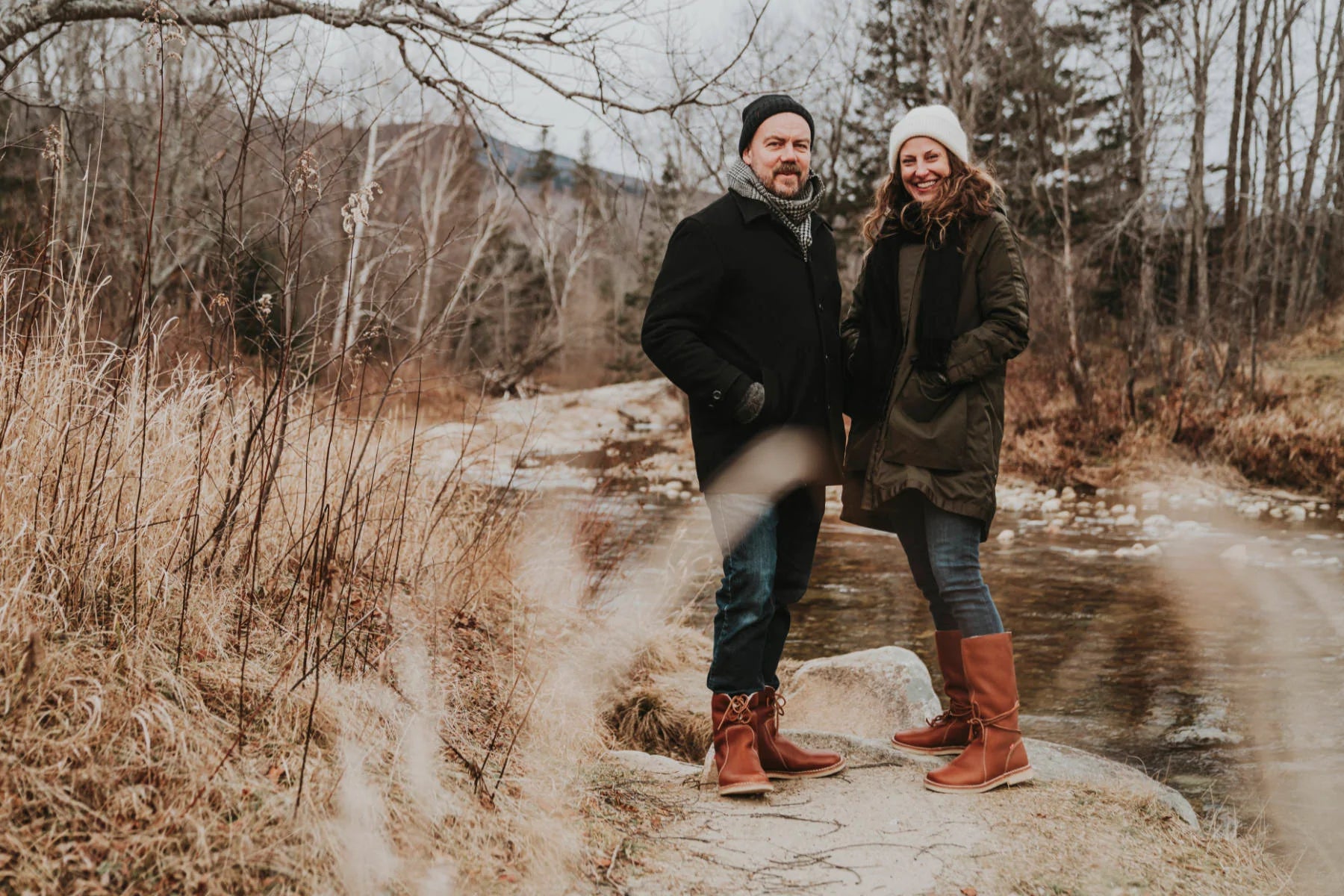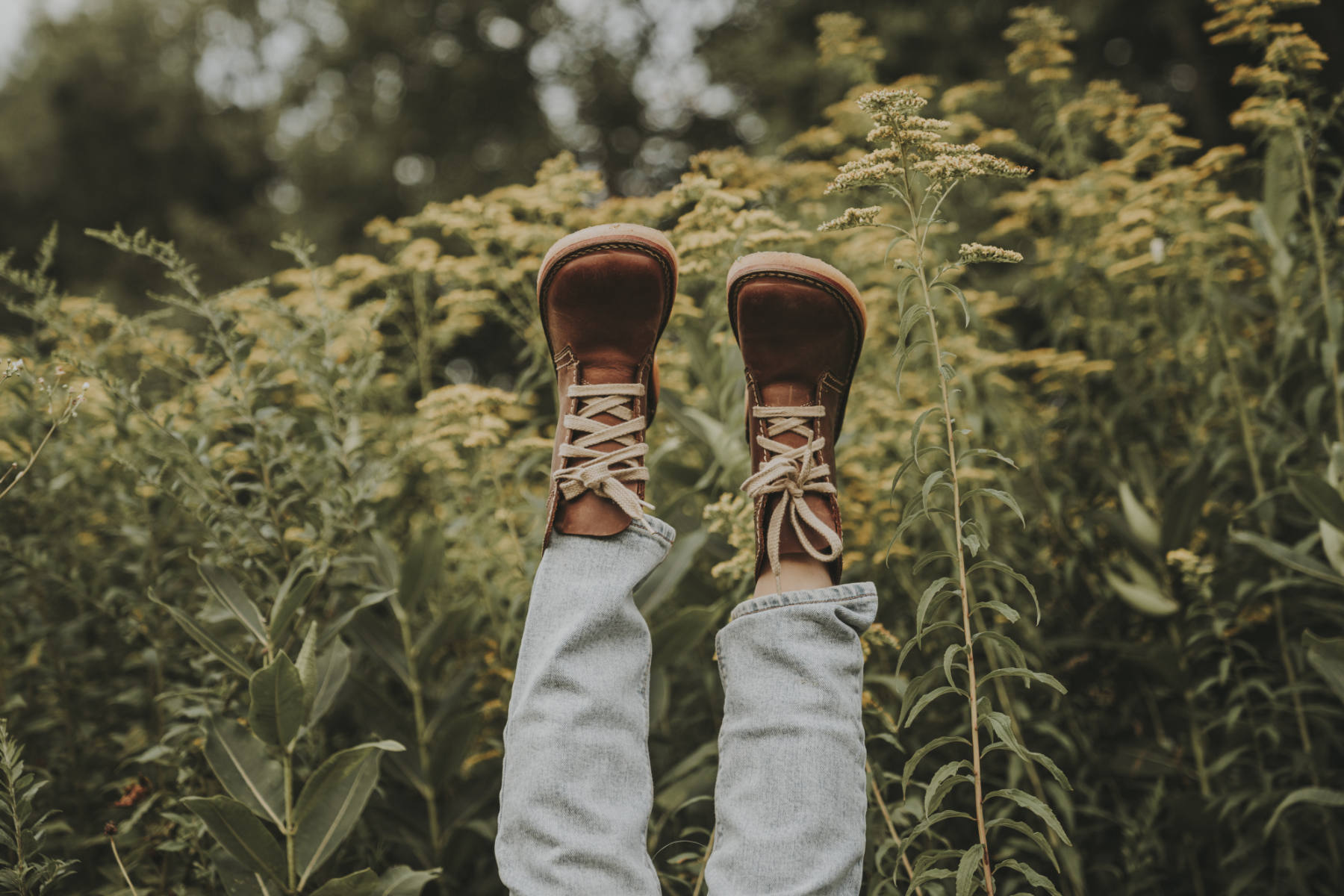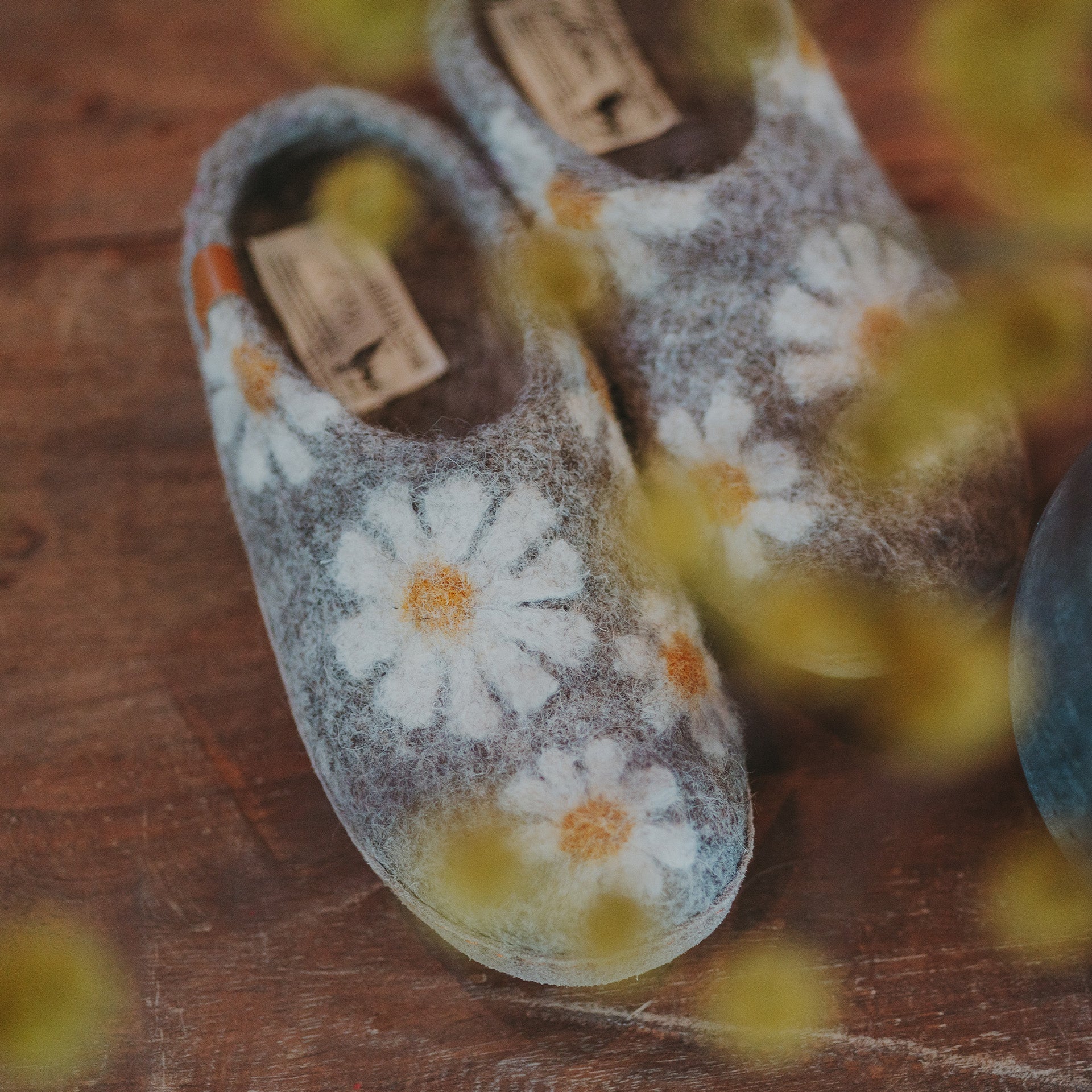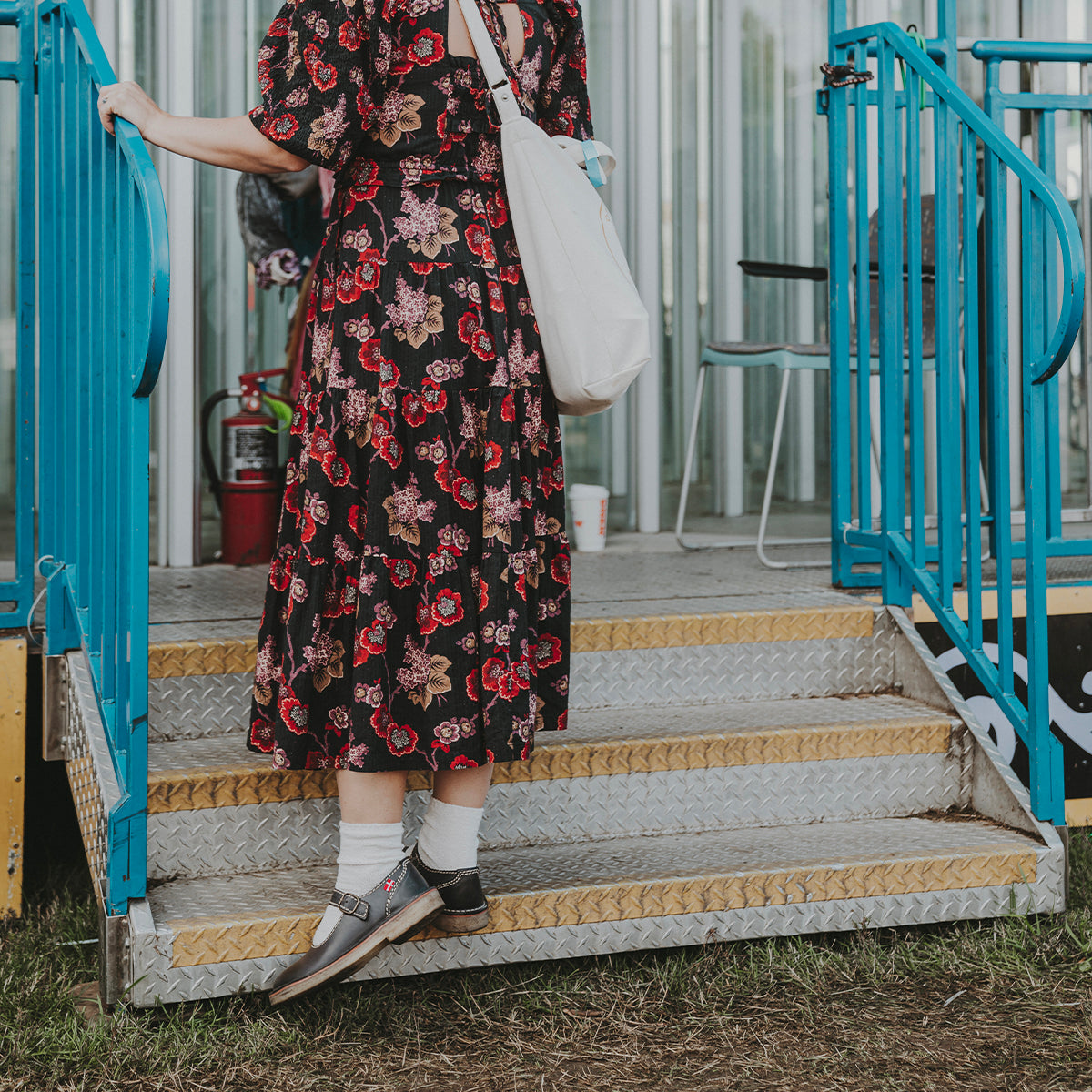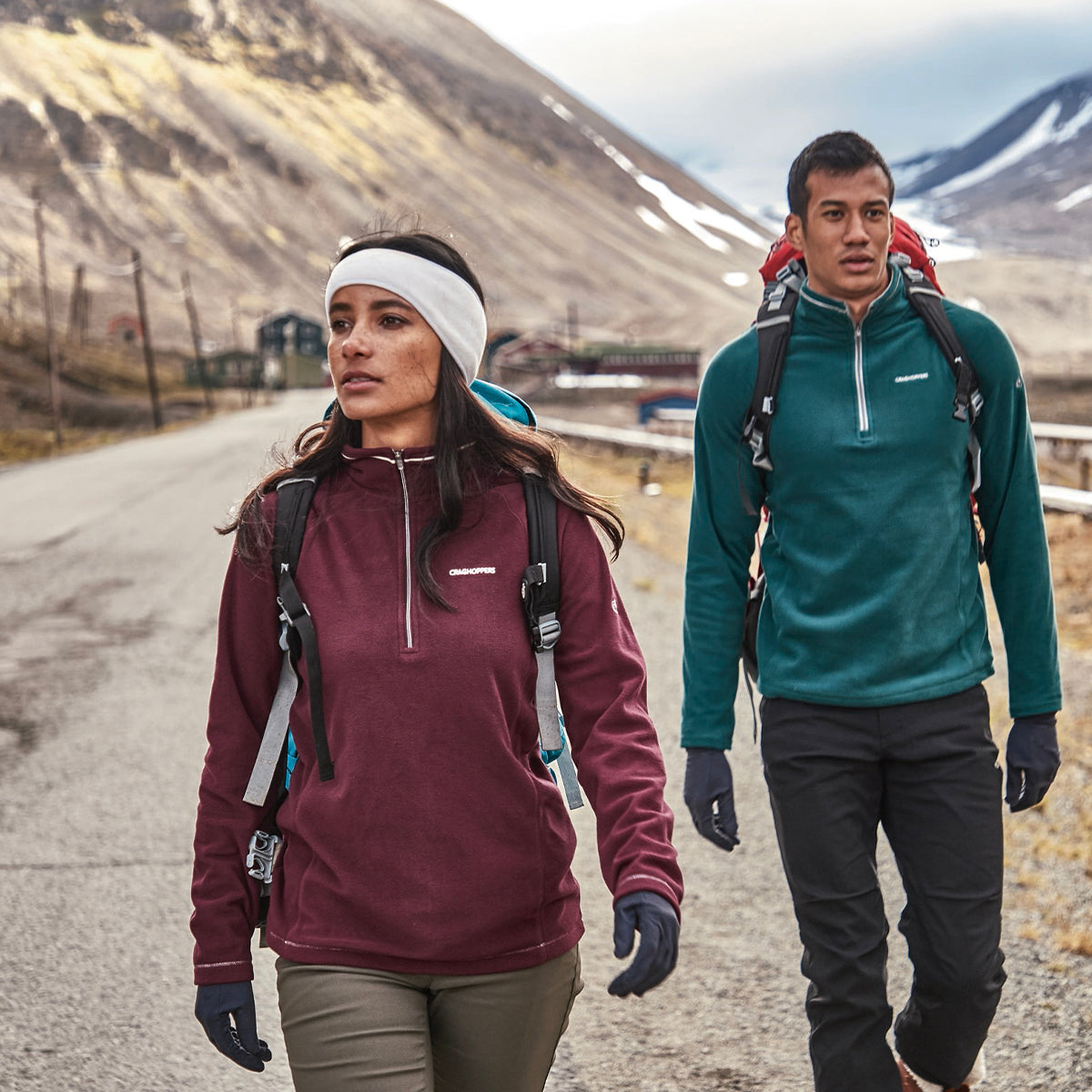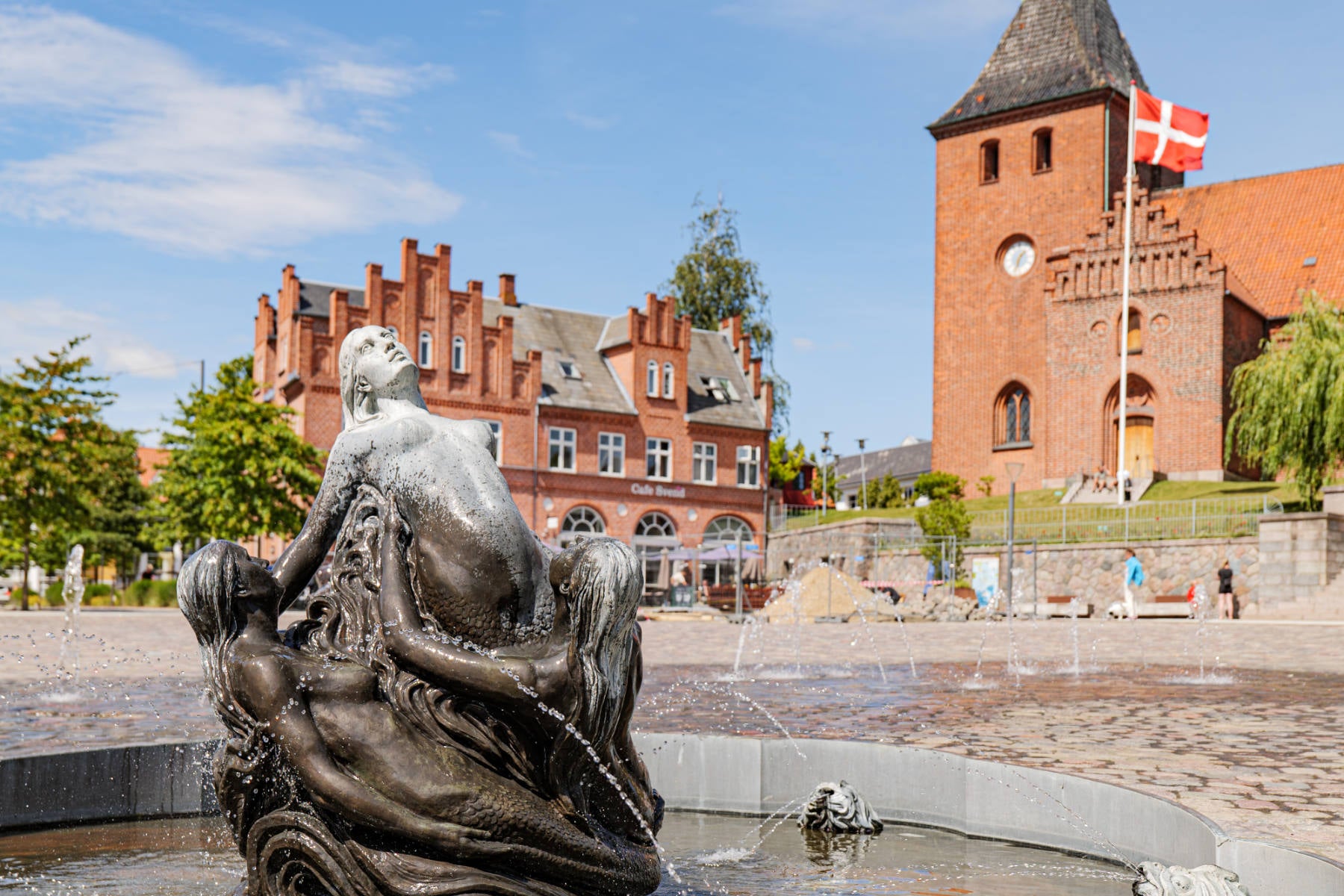
Greetings from Denmark
Greetings!
As most of you must know, Denmark is the birthplace of Duckfeet.
In fact, all of the models of Duckfeet are named after towns or cities in Denmark. So for this year's summer holiday I pulled on my trusty pair of Odense and paid a visit to the homeland of Hygge.
When people think of Denmark their minds immediately go to Copenhagen, the capital city, renowned for its food, culture, and design.

And here the journey begins, landing at Kastrup airport.
But beyond this thriving city lies a world rich with nature and history.
This visit will be spent mostly on the island of Fyn, located to the south and the third largest island of Denmark. Fyn is home to nearly 500,000 people and is connected by three bridges, one to Sjaelland (the largest and most populous island of Denmark) and two over to Jylland (the continental part of Denmark) making it easily accessible by car or train. So on the train to Fyn I go. Train travel is an enjoyable and environmentally responsible way to travel and The trains in Denmark are both numerous and punctual, allowing them to fit your schedule with ease. I took a train from the airport to Nyborg where a friend was to pick me up. The ride took about an hour and a half, and was far less costly than going by car.

The ride to Nyborg is west across Sjaelland, the island home of the port city of Kobenhavn (that’s Copenhagen to us English speakers) after about an hours ride one will eventually reach the Great Belt Bridge, this impressive structure is over 11 miles long making it the second longest bridge in the world. Completed in 1998, it replaced the ferry service that had previously connected Sjaelland to the island of Fyn. Arriving in Fyn is like being transported back to an earlier era. Time slows, landscapes expand, the imagination wanders. This is the birthplace of H.C. Andersen, born in the city of Odense, the only major town on Fyn not located by the coast. Fields of grains and corn line the roadways, many of them narrow old carriage roads.

In the summer months these roads are dotted with signs announcing “Nye Kartofler, Jordbær”, meaning that the harvest of new potatoes as well as the fresh strawberries are gathered and awaiting purchase. Such local delicacies are not to be missed!
Another favorite past-time is swimming or bathing in the ocean, and there is certainly no shortage of water or places to enjoy it. Fyn is home to nine coastal market towns.
In the south where I was visiting are the towns of Faaborg and Svendborg:
Faaborg is an old port town inhabited since at least 1229, it’s earliest recorded mention. It has a modest population of 7000 inhabitants. These days it relies primarily on tourism, and the population of pleasure boats in its marina is often twice that of the town's residents.
There is plenty to see here, including the original merchant houses in the old town, the Faaborg museum as well as taking a dip in the harbor bath.

Svendborg is perhaps the hippest spot in all of Fyn. A thriving port town with a population of 27,000, it is filled with artisans creating traditional crafts for both locals and tourists alike. There is a large performance space hosting all types of entertainment. The docks offer swimming, and there is one of the coolest little skateboard parks I have ever come across.

A few steps from the docks and water the old town continues into a lovely shopping district with cobble streets and sculpted fountains dotting the paths.

You can find excellent food and drink as well as fine fashion brought in from Copenhagen. This town is one of the favorite getaways for residents of the more urban places in Denmark.

And the flowers……. They are everywhere in this country, but appear regularly in cities lining the streets and filling the spaces between. It seems to me as if Hollyhocks must be the national flower(although it is the daisy), as it is nearly impossible to look in any direction and not meet a riot of color pouring forth from the gardens before you.

But there is far more to see on Fyn than cafe’s and carnivals. Denmark is an ancient dwelling place of humans and the evidence of this is everywhere you go.
The landscape is dotted with burial mounds and stone circles from ages gone by. Some appear to be simple hills standing in the middle of sheep fields, while others are intricately placed stones forming tunnels and chambers. It is impossible to visit these, let alone enter them without feeling the energy of the ancestors who walked before us. These are places to slow down and to reflect on the ever moving spiral of life we all travel together.

Fyn also contains 123 castles and manor houses, many of which are open for visitation. Some are even available for overnight stays.
I was fortunate to visit Broholm- a manor house and estate built in 1326. Its grounds cover nearly 1500 acres.


One of the most impressive aspects of this location, more so than its watery moat and high brick walls, is the small museum, located in a separate building adjoining the main house. It contains a collection of more than 60,000 artifacts found on the property by the serfs who worked the land.

These include tools from the Stone Age, as well as pieces from the bronze and Iron Age. The largest hoard of gold from the migration period was also found on the grounds of Broholm.
Including several large arm rings and necklaces.

For myself, the most impressive object was the full skeleton of a giant elk deemed to be 5000 years old!

Broholm is also an operating bed and breakfast and features an exquisite restaurant for those wishing to pretend they are the royalty of old.

Continuing south, we find the island of Langeland.
This translates to “Long Island”. Langeland is reached by bridge after crossing on to Tåsinge, another small island between it and Fyn.
Langeland is truly an escape to nature.

This island is home to a large reserve of wild horses, hosts a bird sanctuary, and provides all of it’s electricity through wind power(even creating a surplus which is sent to other parts of Denmark) This island contains one of the best preserved Stone Age passage graves in Denmark, dated at 5-7000 years old. It contained 53 human remains when it was excavated in 1960, some of whom showed evidence of dental work with the use of stone drills.

The southernmost tip of Gulstav Mose contains Dovns Klint, a towering limestone wall overlooking the ocean.

On these cliff top perches one can see the wild horses dancing in the sunlight of eons past.

Driving back to Fyn with the sun low on the horizon the landscape is exquisite, accentuating the way in which the homes and other structures are integrated into the landscape with their straw roofs and earthy colors. Neatly trimmed hedges line the roadways, the silhouette of corn fields in the background.

Our final stop will be Trelleborg back on the island of Sjaelland, Trelleborg is a Viking ring fortress built in 980 AD. One of seven viking ring fortresses, and one of only two which have been excavated.

An enormous site, the main castle was surrounded by a five meter high rampart with a diameter of 137 meters. Within these walls were 16 longhouses. There are still many questions surrounding the use of this fortress, as there is very little contemporary information to be found on it, other than it was built by king Harold Bluetooth.

There is evidence of a battle and fire, as well as several mass graves. A huge amount of work for a structure that is believed to have been used for only 10-15 years…..
Today there is a museum on the site, including several reconstructed buildings modeled on the original structures of the time. Additionally there is a yearly viking festival featuring a reconstructed village with demonstrations of traditional crafts as well as battle reenactments.

Two weeks on the road with my Duckfeet and my feet could not be happier. Be it traversing cobbled streets, hiking rocky trails, or just strolling on the beach, the flexible crepe sole provided grip and stability wherever my adventures took me. I had brought a pair of hiking boots “just in case”, but never put them on…… Duckfeet are the perfect traveling companion!

There is no shortage of history in Denmark, From the reindeer herders of the Stone Age to the green-tech developers of the LEGO Age, Denmark is a land of innovation calling for curious souls to explore it.
- j.r.
All images ©James Rogers

